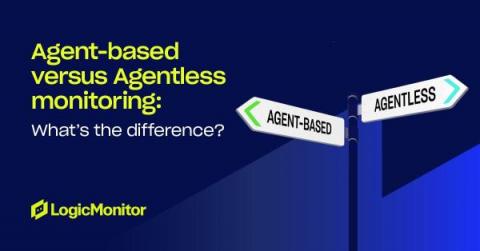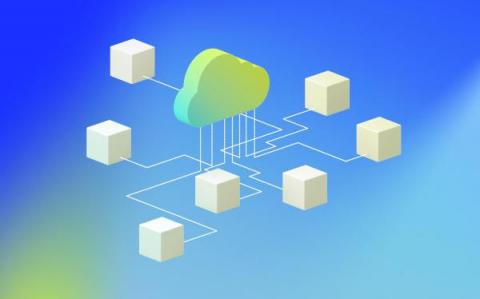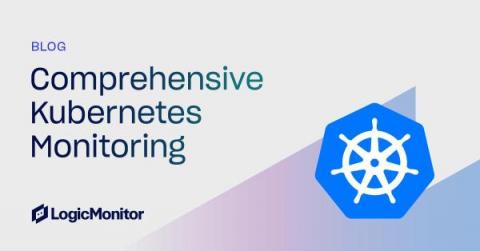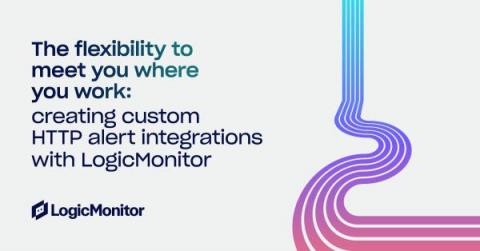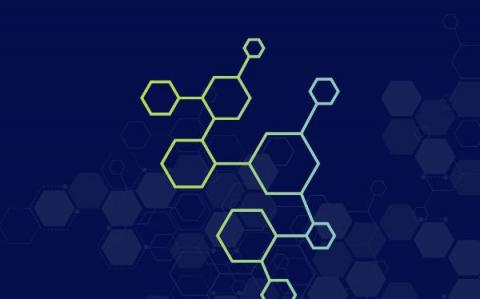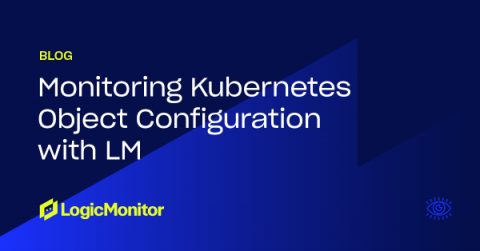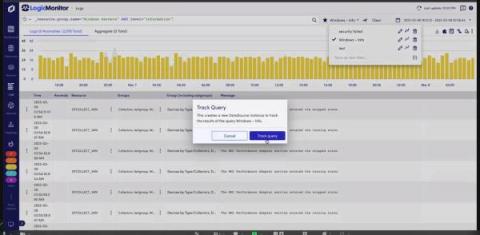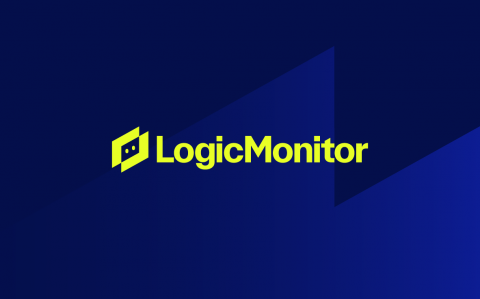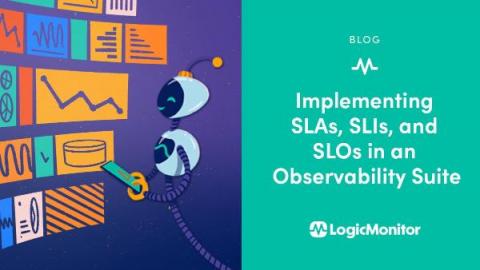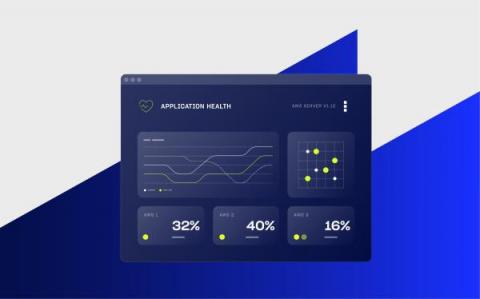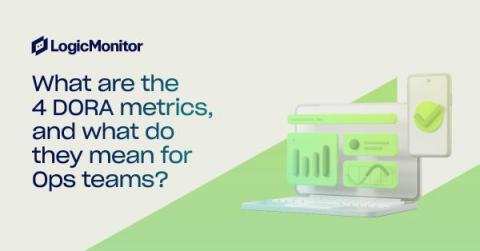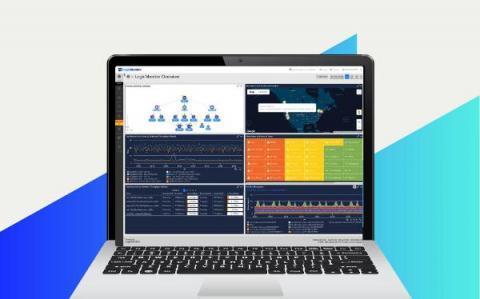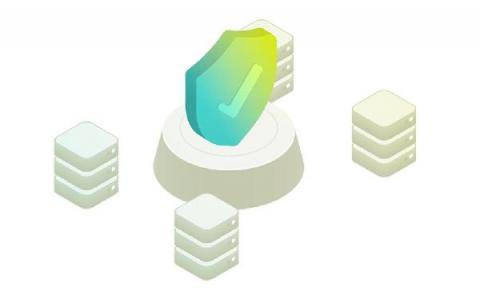What do you see in the clouds?
Remember being a carefree kid? Laying down in a field on a warm spring day, gazing up at the sky, and imagining shapes in the clouds. Maybe you saw a lion or an elephant dancing across the sky. You felt grounded and safe, enjoying the breeze while listening to cheers from the football game in the distance. But could you see the rain forming on the horizon threatening to distort your animal shapes and send the football team running for cover?



